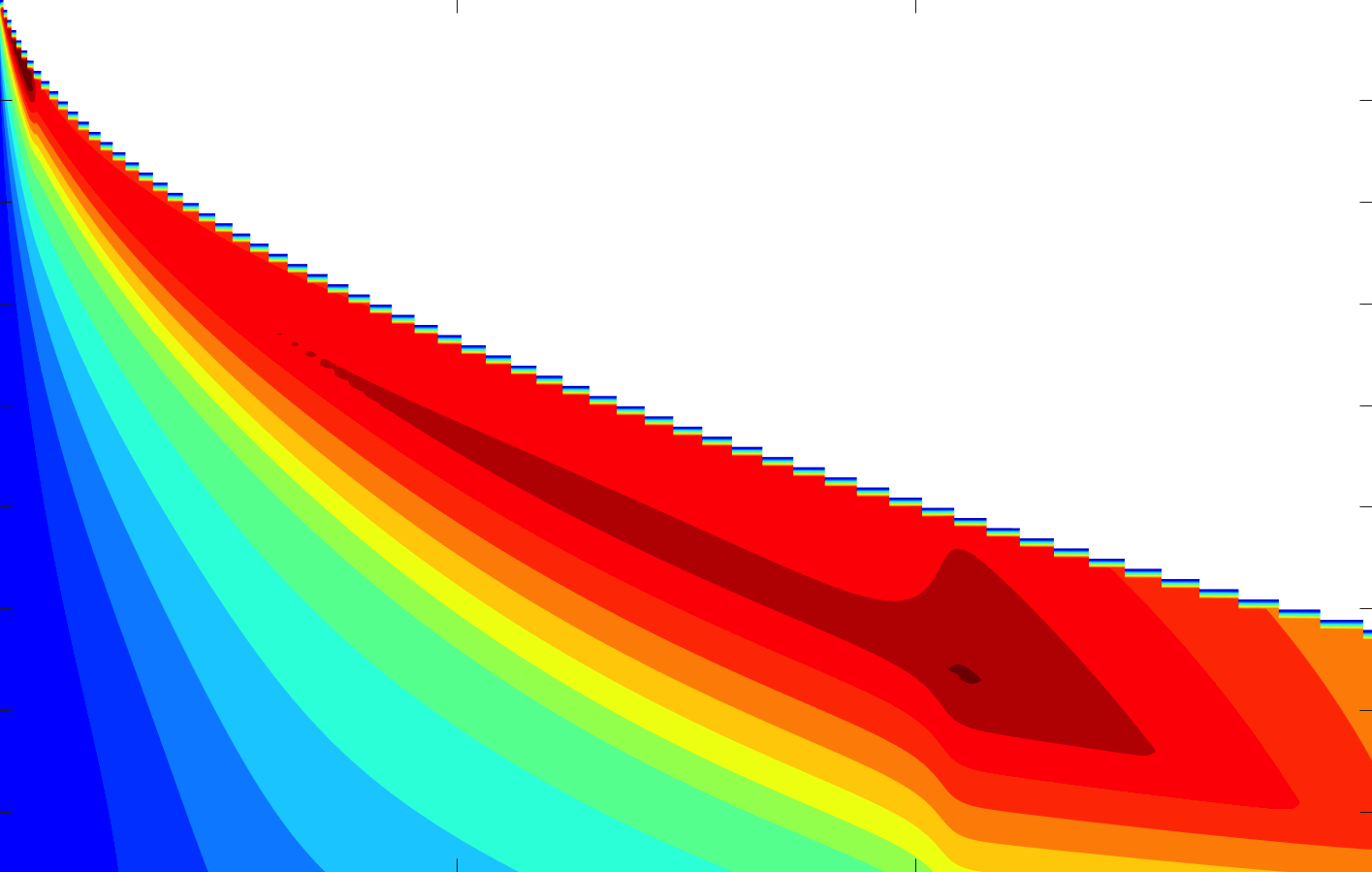Abstract
Smoldering combustion plays an important role in forest and wildland fires. Fires from smoldering combustion can last for long periods of time, emit more pollutants, and be difficult to extinguish. This makes the study of smoldering in woody fuels and forest duff important. Cellulose, hemicellulose, and lignin are the major constituents in these type of fuels, in different proportions for different fuels. In this paper, we developed a 1-D model using the open-source software Gpyro to study the smoldering combustion of cellulose and hemicellulose mixtures. We first validated our simulations against experimentally obtained values of propagation speed for mixtures with fuel compositions including 100%, 75%, 50%, and 25% cellulose, with the remaining proportion of hemicellulose. Then, we studied the effects of varying fuel composition, density, and moisture content on smoldering combustion. We find that propagation speed of smoldering increased with decreases in density and increases in hemicellulose content, which we attribute to the role of oxygen diffusion. Propagation speed increased with moisture content for pure cellulose up to a certain limiting value, after which the propagation speed dropped by up to 70%. The mean peak temperature of smoldering increased with increases in hemicellulose content and density, and decreased with increasing moisture content.
